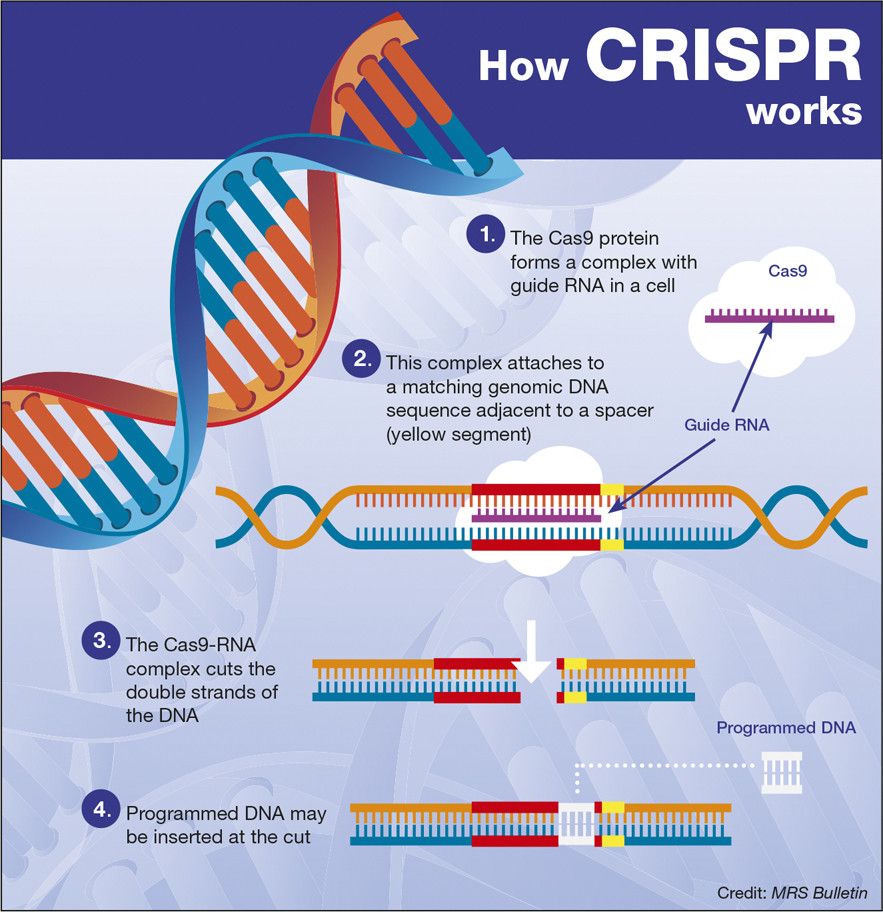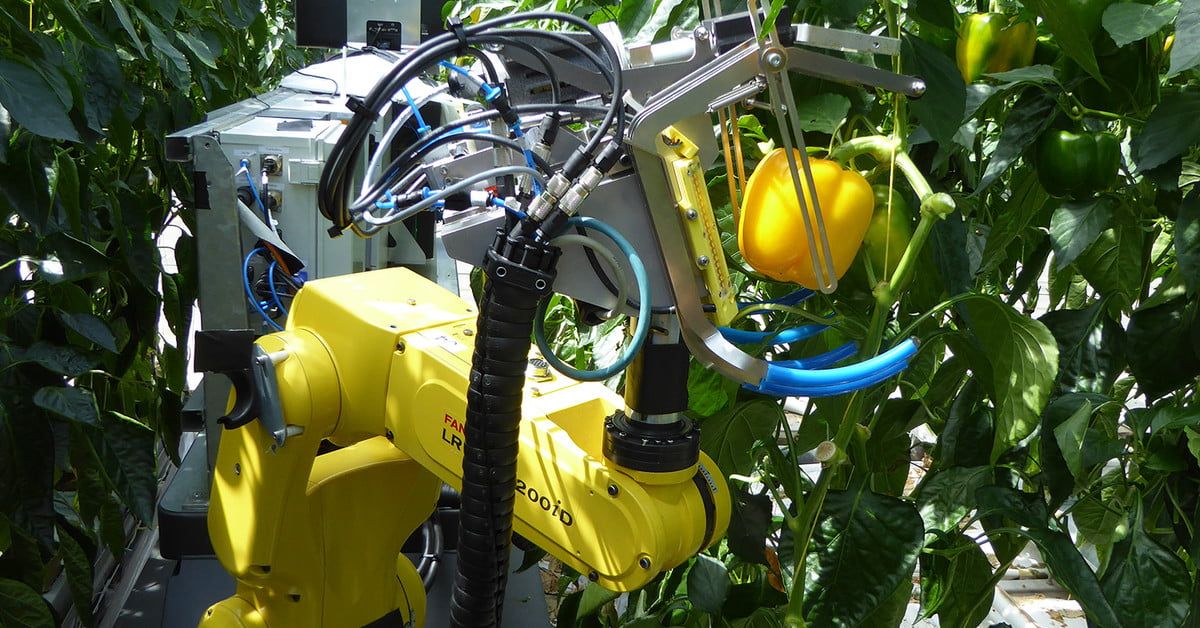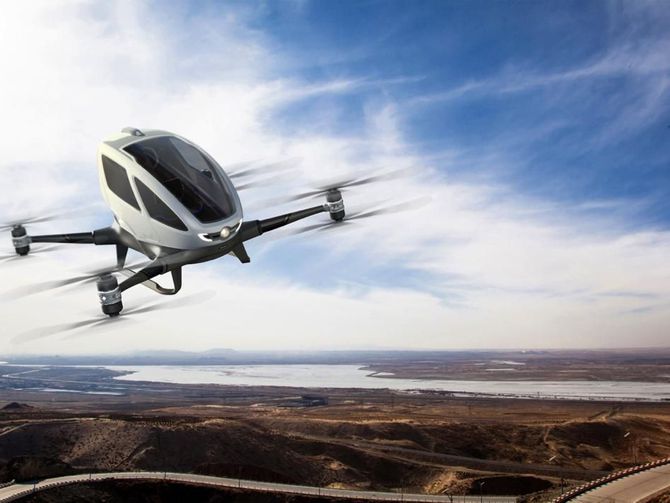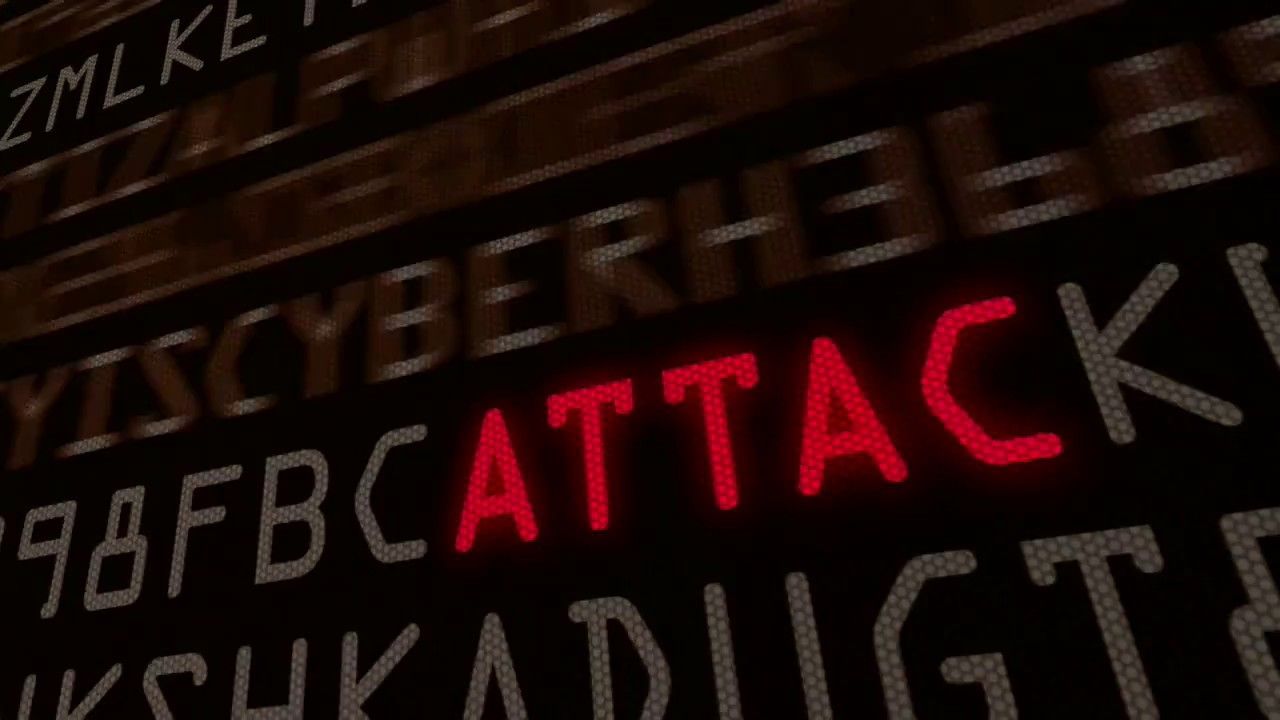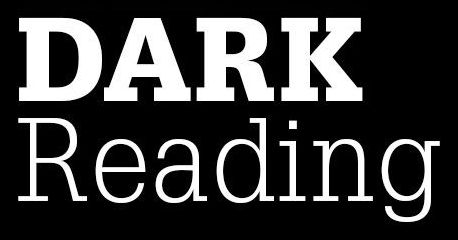
To keep an organization safe, you must think about the entire IT ecosystem.
The ever-expanding range and diversity of cyber threats make it difficult for organizations to prioritize their offensive and defensive strategies against attackers. From malware, ransomware, and other attacks coming from the outside, to insider threats and system vulnerabilities from within, today’s expanded attack surfaces cut across the whole enterprise landscape — and that means an enterprise’s threat intelligence strategy must address the entire IT ecosystem.
To be effective, threat intelligence must be proactive, comprehensive, and done in a way that doesn’t inadvertently create more risk. Unfortunately, as a recent Ponemon survey illustrates, most organizations fall short of this goal — tripped up by a range of challenges, including a lack of expertise and overwhelming volumes of data. Improved threat intelligence comes from improving the strategy, techniques, and tools employed by enterprises to probe their networks for weakness and shore up defenses and resiliency.
Read more


